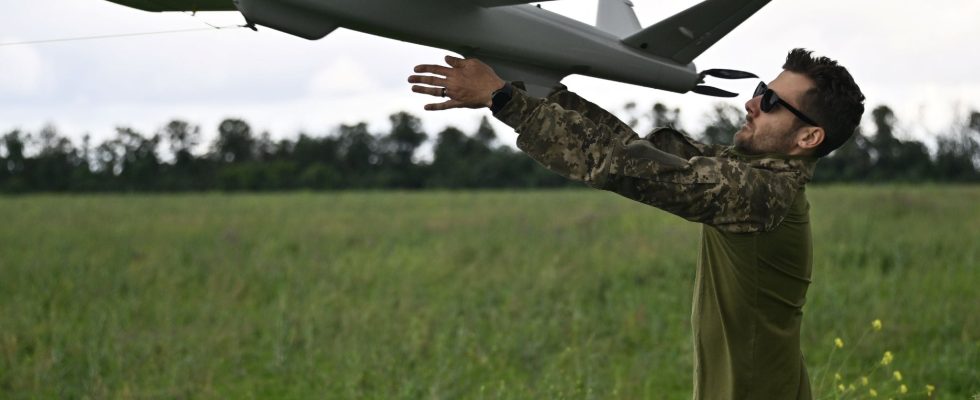While the Red Sea takes on the appearance of a war zone with the attacks carried out by Houthi rebels against merchant ships passing through the Bab-el-Mandeb Strait, the specter of the resurgence of interstate conflicts returns to haunt us, Ukraine to the Caucasus via Taiwan and the Balkans, as civil wars consume entire countries, from Sudan to Burma, the way to wage war has never been so unclear. Unlike many other sectors, the issue in the military is whether technological progress has taken us too far. The growing sophistication of weapons has gone hand in hand with an exponential increase in costs, unbearable in peacetime, as well as a more complex production chain.
US Navy destroyers have shot down 38 drones and several missiles in the Red Sea over the past two months. The cost of using naval missiles – which can reach $2.1 million per shot for the Block IV and $1.8 million for the Evolved Sea Sparrow – to destroy unsophisticated Houthi drones is a growing concern. A destroyer also has a 5-inch gun with aerial rounds, but it can only hit targets within 12 miles, posing the risk of missing. On the other hand, experts note that Houthi unidirectional attack drones, mainly manufactured in Iran, cost only $2,000 at most. The largest, the Shahed-136, is estimated at $20,000.
The Roadrunner, a missile that returns to its base
This problem of asymmetry was noticed by each of the protagonists during the Russian invasion of Ukraine. Kamikaze drones, simple models costing a few hundred dollars, could be used to destroy tanks worth several million. These quad-engine drones are called FPV (first person view, “first person view”) due to their camera connected to the glasses worn by a pilot who controls it remotely. They can carry up to 2.5 kilos of explosives and strike a target at speeds of up to 150 kilometers per hour. They fly in tandem with another drone responsible for reconnaissance because the kamikaze drone will generally lose its signal near the target. They are also used in swarms, to saturate a defense system.
As they are made from Chinese components, there is a strong fear that they will transmit sensitive data to China, even if the Ukrainians claim to have succeeded in making them anonymous. Basic training for a kamikaze drone pilot lasts barely twenty days. This know-how in handling such powerful and rudimentary weapons is spreading. Hamas used them during its October 7 attack. The cost asymmetry between the terrorist movement’s homemade rockets and Israel’s Iron Dome anti-aircraft missiles has been estimated at 1:100.
Looking for cheaper air defense options has become the holy grail. Mechanical protection is making a comeback with nets as a means of interception. Soon, perhaps, these will cover our government buildings as they overlook prison yards today to prevent contraband. Laser or microwave weapons are also being studied with great interest.
In this overhaul of the art of war, the United States can count on its powerful private equity sector. Defense tech companies based across the Atlantic have raised nearly $100 billion in venture capital funding over the past three years, almost 50% more than between 2013 and 2020. One of the heroes of this sector is ‘calls Palmer Luckey, former co-founder of Oculus. In 2017, he co-founded Anduril, a start-up dedicated to defense. Three weeks ago, he unveiled with great fanfare the Roadrunner, a drone-hunting missile, which has the particularity of being reusable. Most air defense systems, such as the American Patriot or the Israeli Iron Dome, fire multiple missiles at a target to increase the chance of destroying it. The Roadrunners talk to each other in flight. If one of them eliminates the target, the others can return to base. Enough to make some valuable savings.
*Robin Rivaton is Managing Director of Stonal and member of the Scientific Council of the Foundation for Political Innovation (Fondapol)
.
